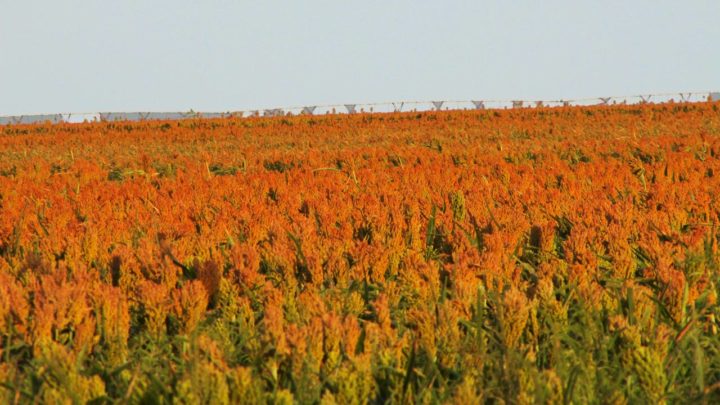
“On his 2,400-acre tomato crop alone, [Cannon] Michael estimates that this year his leak-detecting drones could save enough water to sustain more than 550 families of four for a year.”—Christian Science Monitor
For those of us who live on the residential plain, conserving water often means fighting slow faucet drips, taking shorter showers and more efficiently watering our lawns and gardens. But water consumption for home use is but a drop in the bucket compared with the amounts of water used and lost in agriculture production.
When we were working on a water scarcity documentary that involved a community of producers (farmers), university researchers, extension service agents and water district officials—talk of water usage figures were something akin to speaking out the demon name in Harry Potter: Voldemort!
Which is not to imply that agriculture is only capable of wasting water, that’s not so. Nor do all forms of farming use the same amounts of water or are equally less water efficient. Types of irrigation systems, local weather and precipitation patterns, soil composition, land area, and crop variety are all factors in water consumption and waste.
That’s what makes the use of commercial drones to help in the fight to conserve water a potentially valuable resource. As the Christian Science Monitor article explains, commercial drones can be used by mid-sized farmers and large-scale production farmers to track water seepage from their irrigation lines and other uses including monitoring for areas not receiving enough water. With the cost of a low-end commercial drone hovering at $2000 and much of the remaining technology needed supplied through smart phones, the skies the limit on future capabilities that many farmers may use.
Read the post to find out more: California farmers enlist drones in battle against drought
This post was written by Fred Gerendasy, a contributor to Cooking Up a Story as a writer and occasional interviewer. His current work is featured at Fred Gerendasy Photography.
